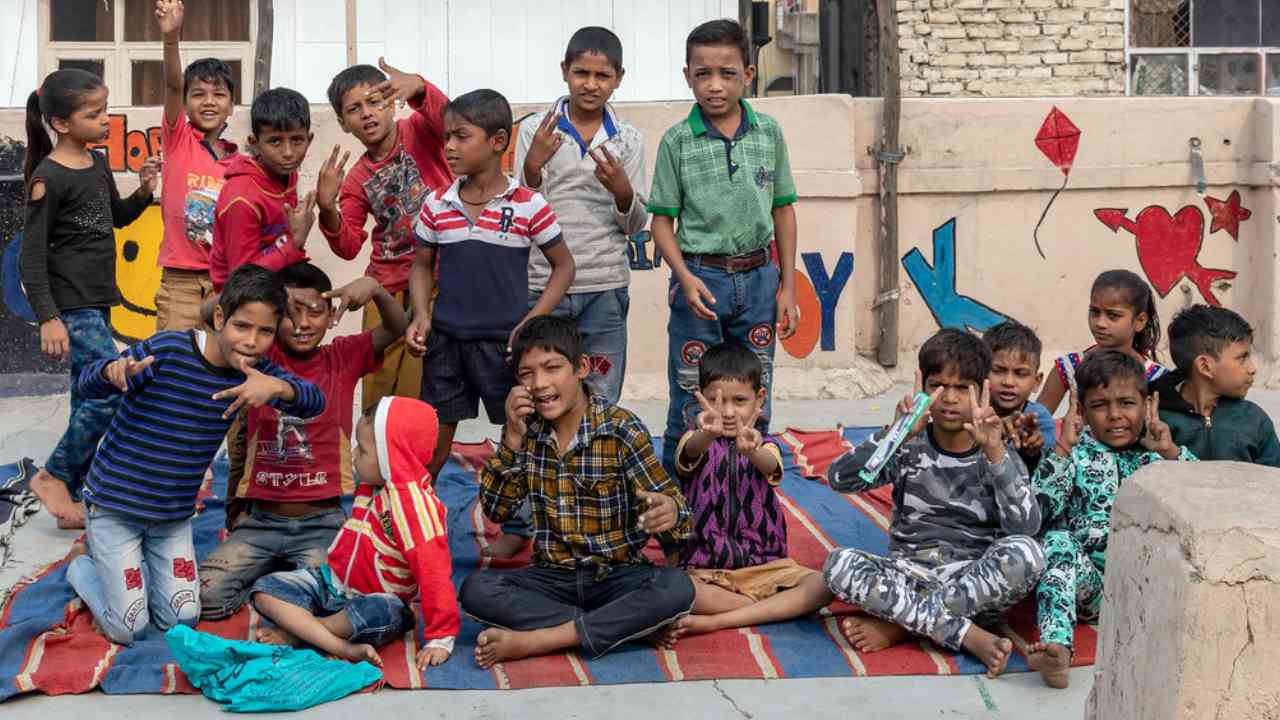The government today came out with a detailed list of guidelines for the implementation of the Centrally Sponsored Scheme “Mission Vatsalya”, the erstwhile Child Protection Services (CPS) Scheme.
The Ministry of Women and Child Development, while coming out with the guidelines has asked State Governments and Union Territory administrations to prepare their financial proposal and plans for the year 2022-23 under the Mission Vatsalya scheme on the basis of financial norms of guidelines. The norms of the Mission Vatsalya scheme will be applicable from April 10, 2022.
The Ministry of Women and Child Development has been implementing a Centrally Sponsored Scheme “Mission Vatsalya” erstwhile Child Protection Services (CPS) Scheme, since 2009-10 for the welfare and rehabilitation of children.
The objective of Mission Vatsalya is to secure a healthy and happy childhood for each and every child in India, ensure opportunities to enable them to discover their full potential and assist them in flourishing in all respects, in a sustained manner, foster a sensitive, supportive and synchronised ecosystem for the development of children, assist States and UTs in delivering the mandate of the Juvenile Justice Act 2015 and achieve the SDG goals. Mission Vatsalya promotes family-based non-institutional care of children in difficult circumstances based on the principle of institutionalization of children as a measure of last resort.
Components under Mission Vatsalya include: improving the functioning of statutory bodies; strengthening service delivery structures; upscaling institutional care and services; encouraging non-institutional community-based care; emergency outreach services; training and capacity building.
Under the mission, the ministry hopes to foster a sensitive, supportive, and synchronised ecosystem for children as they transit different ages and stages of their development. This is envisaged to be done by strengthening the institutional framework of child welfare and protection committees and the Statutory and Service Delivery Structures in all districts of the country.
While children in difficult circumstances are to be addressed by the Statutory and Service Delivery Structures, equal emphasis is to be given to issues around child welfare and protection at the community level integrated with the local development plans and corresponding budgets. Thus, it is envisaged that the committees under the institutional framework will complement the Statutory and Service Delivery Structures in terms of advocacy, awareness generation, capacity building, and preventive measures to build a robust child-friendly ecosystem in the community, the ministry said while coming out with the guidelines.
The ministry said that the key objectives of Mission Vatsalya are the prioritisation of children in the scheme of administration keeping the centrality of the child during all the activities and actions taken under the programme. It aims to strengthen child protection at the family and community level, equip families and communities to identify risks and vulnerabilities affecting children, create and promote preventive measures to protect children from situations of vulnerability, risk and abuse and encourage private sector partnerships and interventions to support children within the framework of law, among other steps.
To achieve the aim and objectives Mission Vatsalya seeks to establish essential services and strengthen emergency outreach, non-institutional care within the family and community, and institutional care counselling and support services at the national, regional, state and district levels, besides ensuring appropriate inter-sector response at all levels, coordinate and network with all allied systems to promote convergent efforts for seamless service delivery to children.


























